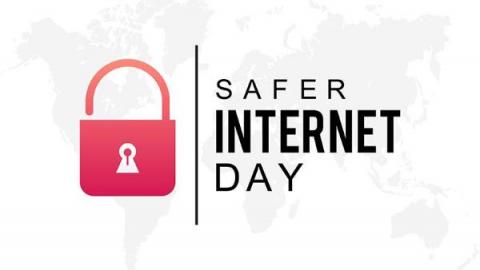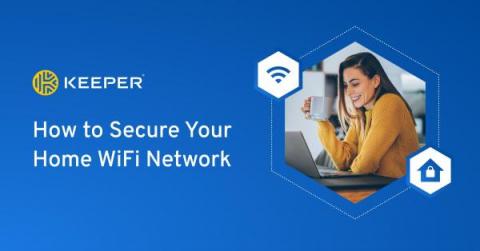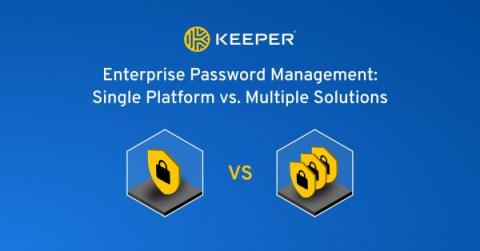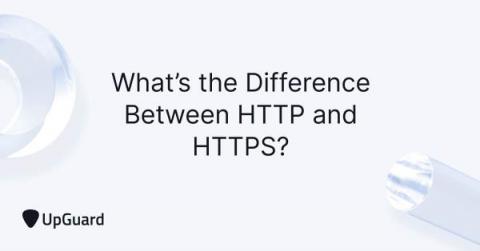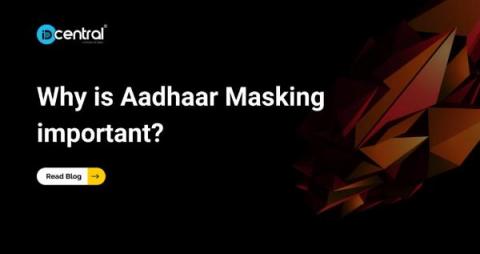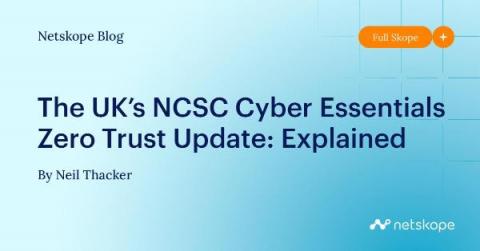Security | Threat Detection | Cyberattacks | DevSecOps | Compliance
Security
New in Vanta | January 2023
It’s been a busy start of the year for Vanta. We’ve made some major additions and improvements, such as our acquisition of Trustpage, as well as some exciting platform updates:
Social Networking Without Selling Yourself
A truism about the free tools online is that if you aren’t paying for the service, then you are the product. Take your grocery store's “club” card program. You sign up and give them your name and phone number, and every time you shop, you swipe your card and get discounts on certain items. If you shop at the same store all the time, it makes total sense to take advantage of these discounts to save yourself some cash.
Safer Internet Day 2023: Protecting Your Personal Data
February 7th is the 20th Safer Internet Day, a day to focus on addressing ways to reduce the risks created by our now very online world. Painting the internet as an inherently dangerous place full of predators and … would be using too broad a brush. The internet is an amazing technology - an information sharing resource unrivaled in depth, breadth, and reach. Despite all the good, useful, and fun the internet brings, it has one major drawback: on the other end of the computer is a person.
How to Secure Your Home WiFi Network
Wireless devices on your home networks can include everything from PCs, phones and tablets to IP cameras, voice assistants, smart TVs and connected appliances. Simple precautions you take to secure your home WiFi network will help prevent cybercriminals from accessing your devices and stealing your data. You can secure your WiFi network by creating a separate guest WiFi network, turning on your router’s encryption, using a VPN for further protection and more.
Enterprise Password Management: Single Platform vs. Multiple Solutions
An IT challenge as old as Software as a Service (SaaS) exists in every corner of the organization — whether to have a single technology vendor or multiple solutions. In some organizations, this is the case for password managers. And since software features vary, there are compelling reasons that lead an organization to have a single solution or more than one.
What's the Difference Between HTTP vs HTTPS?
One of the biggest indicators of a suspicious or unsecured website is whether or not the site is HTTPS-secured. In many cases, spoofed, phishing, malicious, or typosquatted websites use HTTP instead of HTTPS, which has encryption and verification protocols built in to ensure safe data transmission between servers and browsers. The main difference between HTTPS and HTTP is that HTTPS establishes a secure internet connection via encryption, whereas HTTP does not.
Why is Aadhaar Masking important?
The masked Aadhaar is a variant form of Aadhaar that the Unique Identification Authority of India (UIDAI) developed after taking into account the issue of data privacy for individuals. Read through to know more about what it is.
The UK's NCSC Cyber Essentials Zero Trust Update: Explained
Late in January this year, the UK’s National Cyber Security Centre announced an update to its Cyber Essentials scheme in order to ensure it “continues to help UK organisations guard against the most common cyber threats”. This year’s update isn’t an overhaul on the same scale as last year’s, but it did include important new guidance about zero trust architectures.





